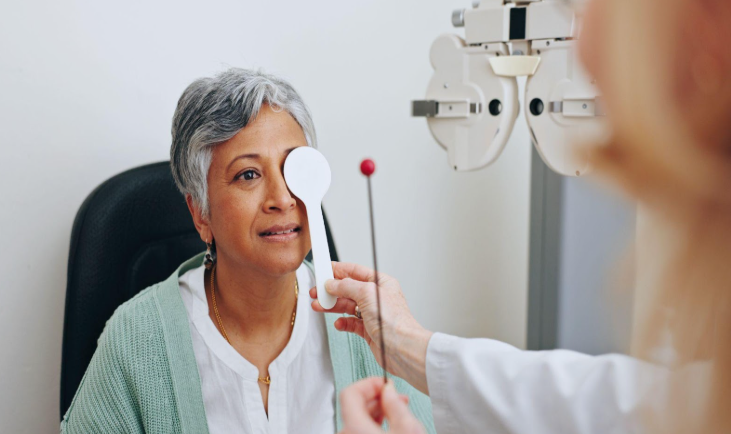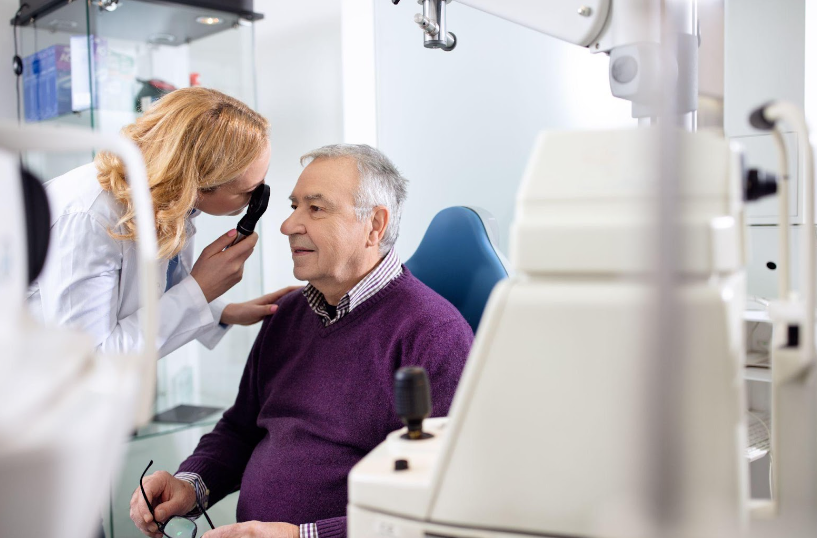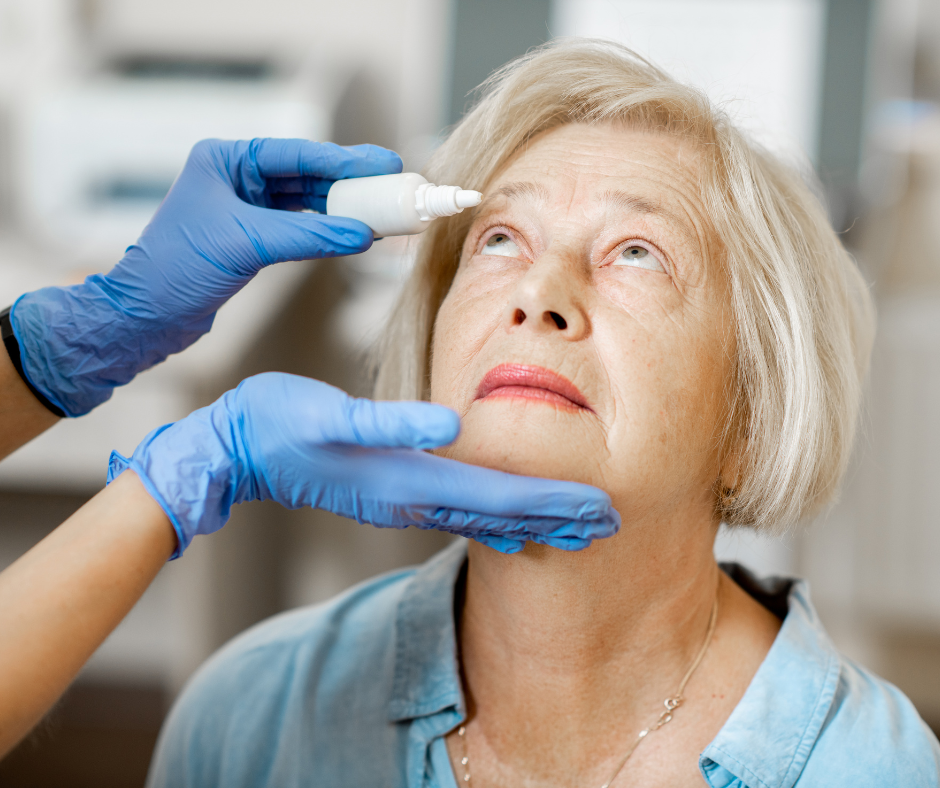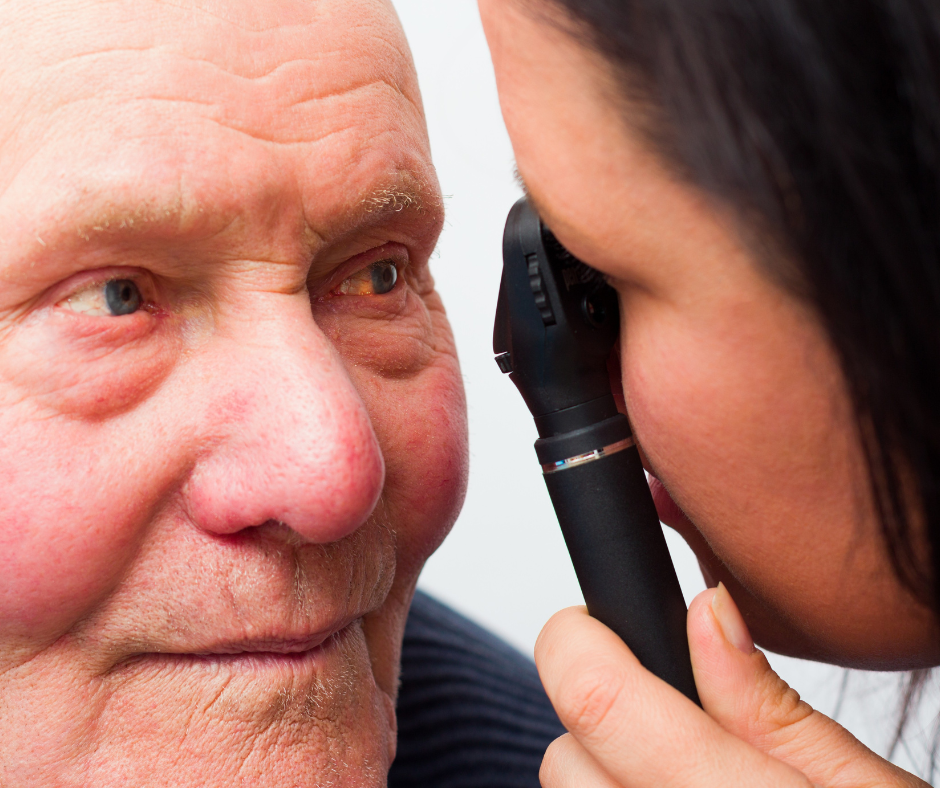Eye health is important in every phase of life. Many eye conditions in their early stages, have no obvious signs or symptoms and annual exam is often the only way to detect eye conditions before they progress. In most cases, glaucoma goes undetected until it is advanced which can lead to significant damage.
What is Glaucoma?
Glaucoma is a disease that damages your eye’s optic nerve. Usually, it occurs when fluid builds up in the front part of the eye. That extra fluid increases the pressure in your eye, ultimately damaging the optic nerve.
Glaucoma patients often experience gradual and subtle vision loss, which is virtually undetectable until it reaches advanced stages. The only sure way to diagnose glaucoma is with a complete eye exam. A glaucoma screening that only checks eye pressure is not enough to find glaucoma.
Types of Eye Exams for Glaucoma Screening
A complete eye exam includes five common tests to detect glaucoma. The five factors that should be checked before making a glaucoma diagnosis:
- Tonometry
- Ophthalmoscopy
- Perimetry
- Gonioscopy
- Pachymetry
Tonometry measures the pressure within your eye. During tonometry, eye drops are used to numb the eye. A tiny instrument is used to touch the surface of your eye and flatten the cornea, which measures the pressure. A small amount of pressure is applied to the eye by a tiny device or by a warm puff of air.
Ophthalmoscopy – This test takes pictures of your retina and optic nerve. Your ophthalmologist dilates your pupils, then uses a special digital camera to capture images. Many ophthalmologists use a special machine called optical coherence tomography. You rest your chin on a machine and look into a lens. The machine takes pictures for a minute or two without touching your eye. Imagery shows the layers of eye tissue and maps the area.
Perimetry is a visual field test that produces a map of your complete field of vision. Visual field testing can also show how severe glaucoma is. Multiple tests may be used over time in glaucoma to determine how quickly it’s progressing.
Your ophthalmologist asks you to look at an object straight ahead, such as their nose. They may ask you to cover one eye at a time. ahead. After glaucoma has been diagnosed, visual field tests are usually done one to two times a year to check for any changes in your vision.
Gonioscopy shows the angle where your cornea (the clear outer layer of your eye) meets your iris (the colored part of your eye). Your eye’s drainage system is at this angle. Your ophthalmologist uses eye drops to numb your eye, then touches your cornea with a special lens. The lens indicates whether the angle is open or closed. The drainage system may be blocked if the angle is closed, indicating glaucoma.
Pachymetry is a simple, painless test to measure the thickness of your cornea. Your ophthalmologist numbs your eye with drops, then touches your eye with a small probe to measure the thickness of your cornea.
If you have one or more risk factors of glaucoma or are over age 40 and have not been screened, talk to one of our ophthalmologists. Contact our office and request an appointment at one of our locations. Call 516-785-3900(Wantagh office) or 516-541-4141 (Massapequa office) to schedule an appointment.
Sources:
American Academy of Ophthalmology,
Glaucoma Research Foundation











